ON the Beat | Symphony Goes to the Opera Comes to the Symphony
Santa Barbara Symphony Program, at the Granada, Showcased a Baker’s Dozen of Opera Treats, to Savory Ends
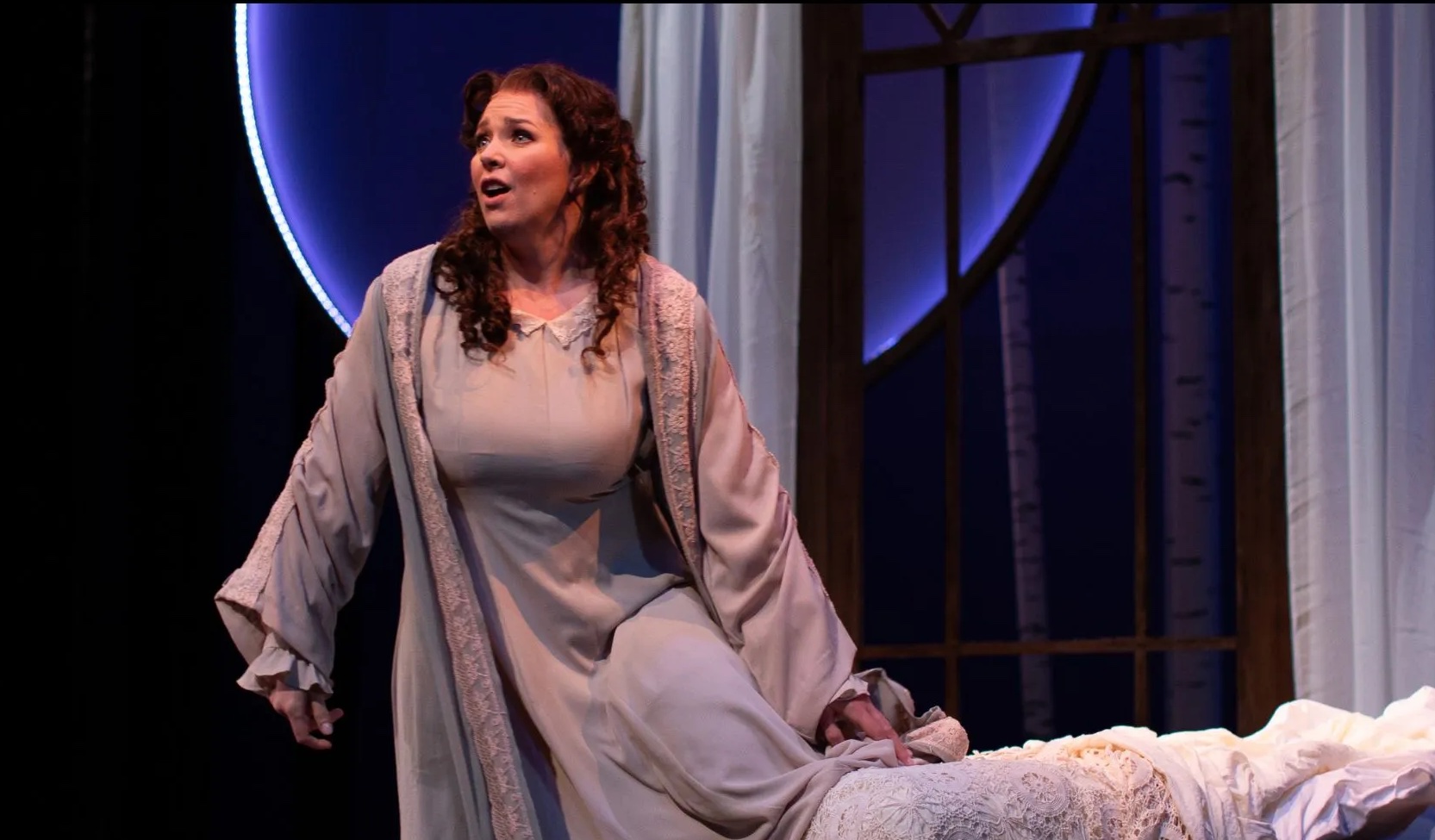
This edition of ON the Beat was originally emailed to subscribers on January 25, 2024. To receive Josef Woodard’s music newsletter in your inbox each Thursday, sign up at independent.com/newsletters.
Especially in the recent spate of years, the Santa Barbara Symphony (SBS) has managed to do an impressive job of finding routes to collaboration with other local arts organizations. Aside from the natural kinship with choral groups, including Santa Barbara Choral Society and Quire of Voyces, the Symphony’s programming has allowed cohort space with State Street Ballet and even Ensemble Theatre. Last weekend at The Granada Theatre, SBS’s collaborator Rolodex expanded in another logical direction, towards Opera Santa Barbara (OSB).
For this sampler of operatic small plates — arias, overtures, and other compact pieces from the grand menu of standard Opera repertoire — the collaboration was once removed but resourceful, and locally sourced. This January slot in the SBS season was timed to take advantage of the presence of four impressive singers — soprano Karin Wolverton, mezzo Deborah Nansteel, tenor Harold Meers, and baritone Timothy Mix — currently in town to rehearse OSB’s upcoming production of Verdi’s Il Trovatore (February 9 and 11 at the Lobero). What better time to lean towards opera in the Symphony’s programming scheme?
Other additions to SBS’s business-as-usual included the charismatic OSB domo Kostis Protopapas serving as guest conductor on the first half-closing trio piece “Tace la notte” from Il Trovatore, and, yes, a notable emcee from the musical meteorologist community. KEYT-TV’s weather person Annika Abbott, clad in a fetching sparkling blue strapless gown, provided light but informative commentary between pieces, nicely aiding in this program’s ulterior motive of inducting new listeners to the opera world.
Abbott may have stepped over the line into pandering silliness when she brought a jumbo carrot on stage following the overture to Rossini’s The Barber of Seville, quipping “what’s opera, Doc,” ala Bugs Bunny. She was pointing out the Loony Toons’ popularization of opera snippets such as the Barber overture, as well as the concert closer of Wagner’s “The Ride of the Valkyries.” But she compensated for her potential gaffe by joining the singers on the encore of a piece from La Traviata, showing impressive wares as a singer in her own right.
SBS maestro Nir Kabaretti, equipped with solid credentials as an opera conductor in Europe, asserted a sure hand with the material and with traffic control of the 13-piece puzzle of a program. Predictably, the program’s choices du jour were mostly Italian, highlighted by Puccini’s Madame Butterfly (Wolverton and Meers) and Mascagni’s Cavalleria Rusticana (Meers), with French opera in second place, e.g. Saint Saens’ Samson et Dalila (Nansettel) and the instrumental “Meditation” from Massanet’s Thais, featuring concertmaster Jessica Guideri in supple soloist form.
But we also did get a Czech appetizer, with Dvorak’s Rusalka, and the cartoonish German pastry of Wagner’s “Valkyries” ride, which, through no fault of its own, has been brandished with a pop cultural afterlife. Can we listen to the piece now, when divorced from its epic “Ring Cycle” home, without being reminded of Robert Duvall’s Apocalypse Now line “I love the smell of napalm in the morning”? Perhaps not.
Along with the piecemeal pleasures of the concert, it also served as a charitable contribution to the worthy cause of cross-promoting opera, from an orchestral stage. Next month, it’s back to strictly symphony business, with a Valentine’s-themed program, of Elgar, Dvorak (Violin Concerto with Sirena Huang as soloist), and Louise Ferrenc’s Symphony No. 3.
New and Novel, in the Chamber
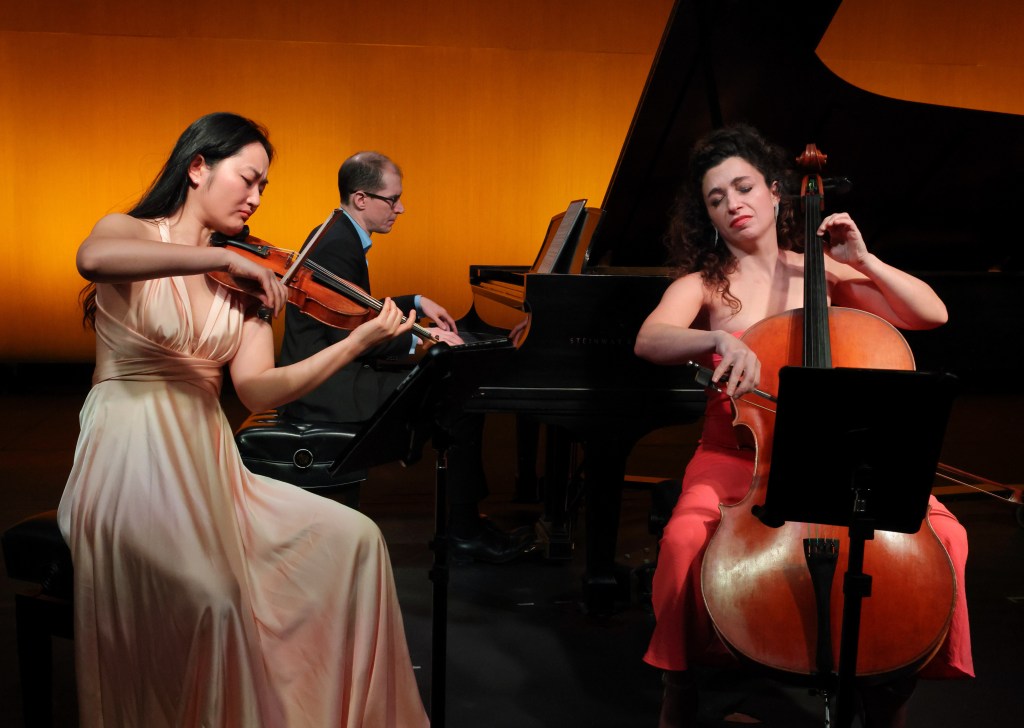
Camerata Pacifica, under founding director Adrian Spence’s sturdy guidance, has made a point of keeping a finger on the pulse of new and contemporary (and even music of the past century) alongside the crowd-pleasing standard fare of the classical music realm. For instance, the current CamPac season features a world premiere of Clarice Assad’s new work for accordion, clarinet, cello, and percussion in May (May 17 in Santa Barbara, elsewhere around SoCal that week).
Last Friday evening at Hahn Hall, the venerable chamber group front-loaded the program with an hour of the hearty old stuff from the romantic 19th century catalog — Brahms and Mendelssohn — and with its usual flair and exactitude. But the more memorable and distinctively modern material came later, and in smaller packages, with the formidable and (literally) flexible percussionist Ji Hye Jung in the spotlight.
Said spotlight was a tight one on a dramatically darkened stage, for Vinko Globokar’s “?Corporeal,” with the percussionist using only her voice (and mouth-generated sounds) and body as instruments. Percussionists are naturally limber and body-conscious musicians, and we’ve seen similar absurdist theatrical works, performed by the L.A. Phil (and Music Academy faculty) percussionist Joseph Pereira. Jung’s performance was primal, humorous, and cerebral by turns, ending with Globokar’s fitting maverick’s observation, “I recently read this remark: The history of mankind is a long succession of synonyms for the same word. It is a duty to disprove this.” The composer and body-percussionist did their part in disproving that at Hahn Hall.
To close on a mind-opening note, Greek-Canadian composer Christos Hatzis’ “Fertility Rites” for tape and marimba (a large model) combines the percussionist’s fluid virtuosity — within an accessible and sometimes even marimba-kitschy language — with subtly manipulated sounds of Inuit throat singers in the “tape” zone. New sounds and ideas are alive and well-tended by the Camerata.
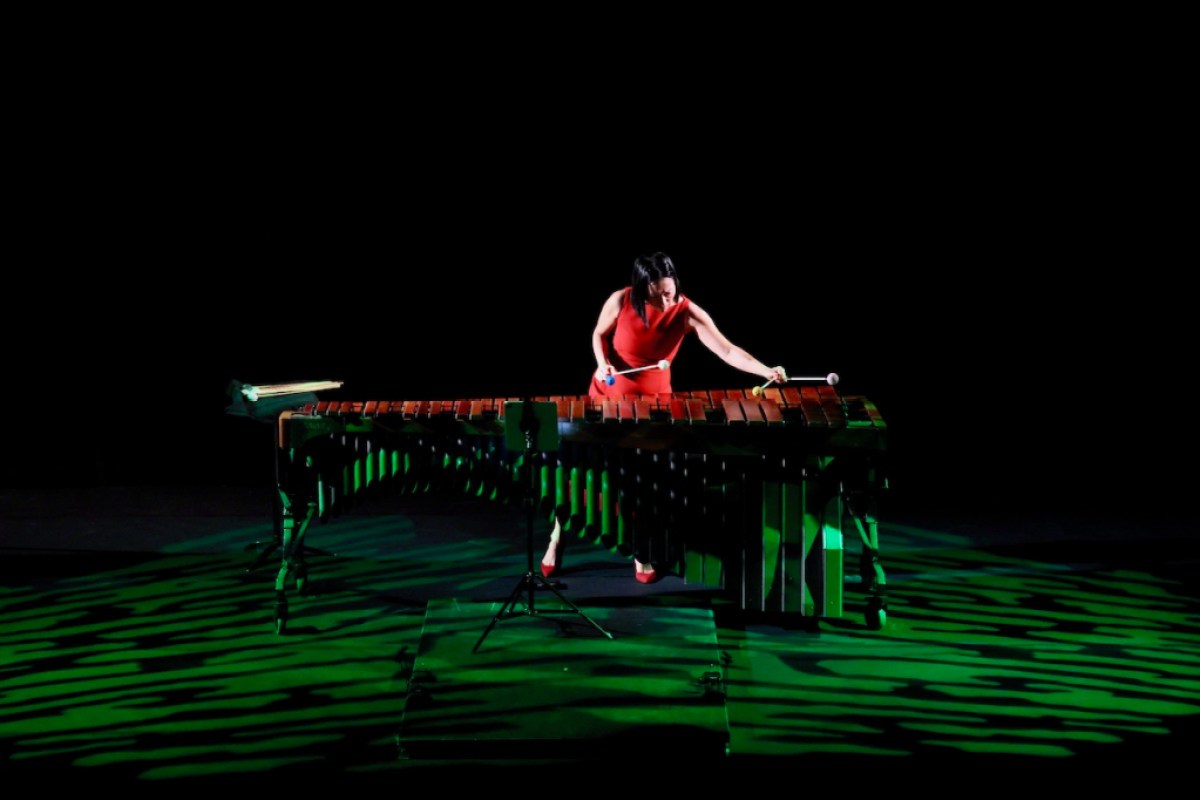
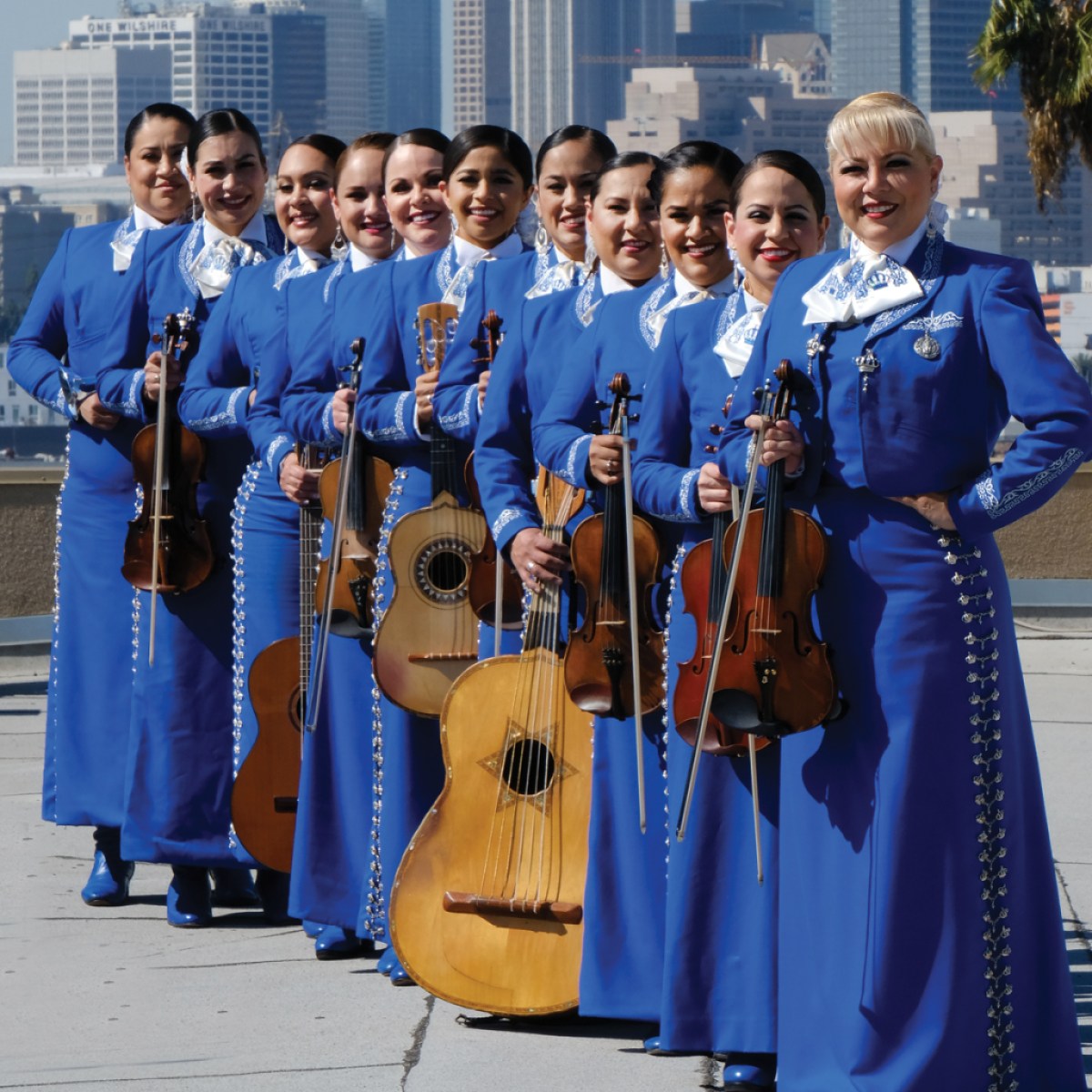
Sunday Evening Go-to-Mariachi Moment
Once again, UCSB Arts & Lectures’ ¡Viva el Arte de Santa Bárbara! series warmed the hearts and ears of a full Sunday night house at the Marjorie Luke Theatre, to the tunes of expertly-played mariachi. The stellar Mariachi Reyna de Los Ángeles, the first all-female professional mariachi, did the honors, as part of the long-standing series’ presentation of Mexican and Latin-American-connected music and dance groups in weekend-long residencies closing with a free-to-the-public gathering at the Luke. As expected, the room was abuzz in all the right ways, with free Mexican pastries for dessert.
To-Doings:
For another Sunday treat, head over to Hahn Hall this Sunday, January 28, to hear much-acclaimed young cellist Zlatomir Fung making his local debut. The 24-year-old, winner of the International Tchaikovsky Competition Cello Division will be joined by pianist Benjamin Hochman, on a program of Schumann, Britten, Marshall Estrin and Georgian composer Sulkhan Tsintsadze’s “Five Pieces on Folk Themes.”
Who, exactly, is Herb Alpert? He is an easy-does-it jazz trumpeter, indie record label pioneer (co-head of A&M), inspired jazz education patron (at UCLA and CalArts), Dating Game theme song composer and much more. And he is returning to town with his vocalist wife Lani Hall, playing the Arlington Theater on Friday, January 26.
Premier Events
Sun, Apr 28
6:00 PM
Santa Barbara
AHA! Presents: Sing It Out!
Thu, May 02
5:00 PM
Santa Barbara
Things with Wings at Art & Soul
Sat, May 04
10:00 AM
Lompoc
RocketTown Comic Con 2024
Sun, Apr 28
11:00 AM
Santa Barbara
Santa Barbara Earth Day Festival 2024
Wed, May 01
7:30 PM
Santa Barbara
American Theatre Guild Presents “Come From Away”
Thu, May 02
5:00 PM
Santa Barbara
100th Birthday Tribute for James Galanos
Thu, May 02
5:00 PM
Santa Barbara
Meet the Creator of The Caregiver Oracle Deck
Fri, May 03
4:00 PM
Santa Barbara
Santa Barbara Fair+Expo “Double Thrill Double Fun”
Fri, May 03
8:00 PM
Santa barbara
Performance by Marca MP
Sat, May 04
10:00 AM
Solvang
Touch A Truck
Sat, May 04
11:00 AM
Santa Barbara
Mental Wellness Center’s 28th Annual Arts Faire
Sat, May 04
11:00 AM
Santa Barbara
Community History Day
Sat, May 04
3:00 PM
Solvang
The SYV Chorale Presents Disney Magic Concert
Sun, Apr 28 6:00 PM
Santa Barbara
AHA! Presents: Sing It Out!
Thu, May 02 5:00 PM
Santa Barbara
Things with Wings at Art & Soul
Sat, May 04 10:00 AM
Lompoc
RocketTown Comic Con 2024
Sun, Apr 28 11:00 AM
Santa Barbara
Santa Barbara Earth Day Festival 2024
Wed, May 01 7:30 PM
Santa Barbara
American Theatre Guild Presents “Come From Away”
Thu, May 02 5:00 PM
Santa Barbara
100th Birthday Tribute for James Galanos
Thu, May 02 5:00 PM
Santa Barbara
Meet the Creator of The Caregiver Oracle Deck
Fri, May 03 4:00 PM
Santa Barbara
Santa Barbara Fair+Expo “Double Thrill Double Fun”
Fri, May 03 8:00 PM
Santa barbara
Performance by Marca MP
Sat, May 04 10:00 AM
Solvang
Touch A Truck
Sat, May 04 11:00 AM
Santa Barbara
Mental Wellness Center’s 28th Annual Arts Faire
Sat, May 04 11:00 AM
Santa Barbara
Community History Day
Sat, May 04 3:00 PM
Solvang

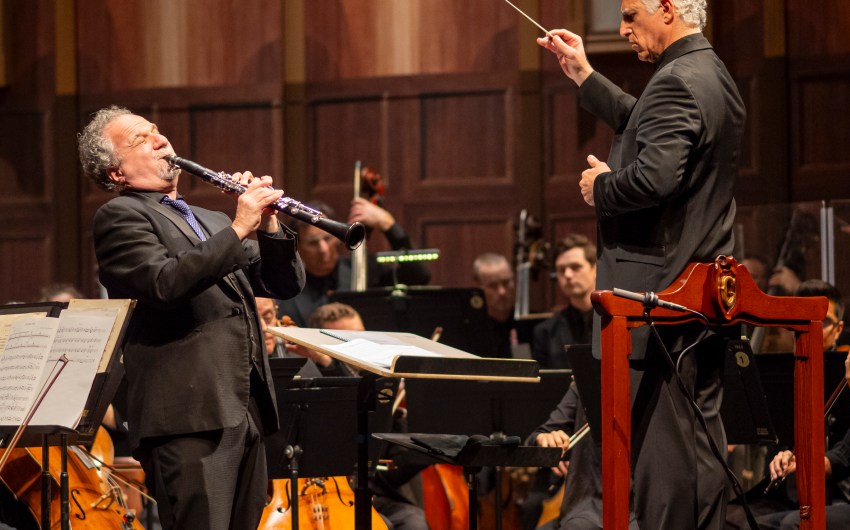
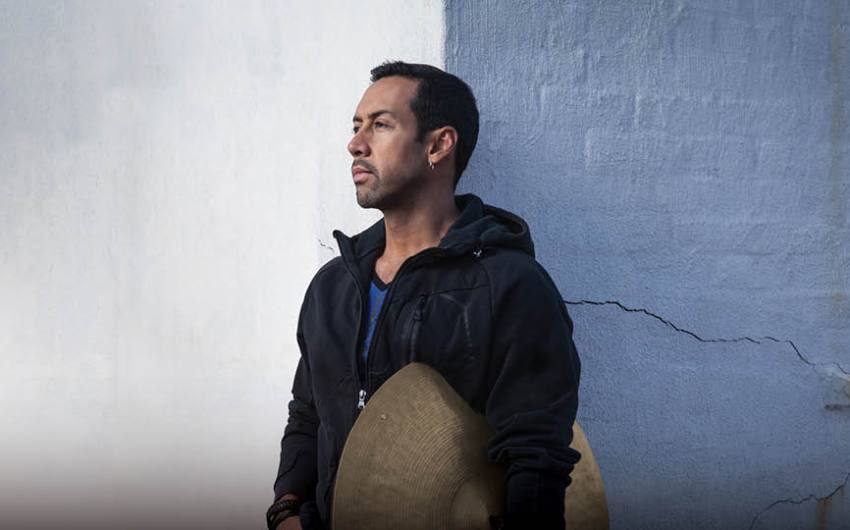
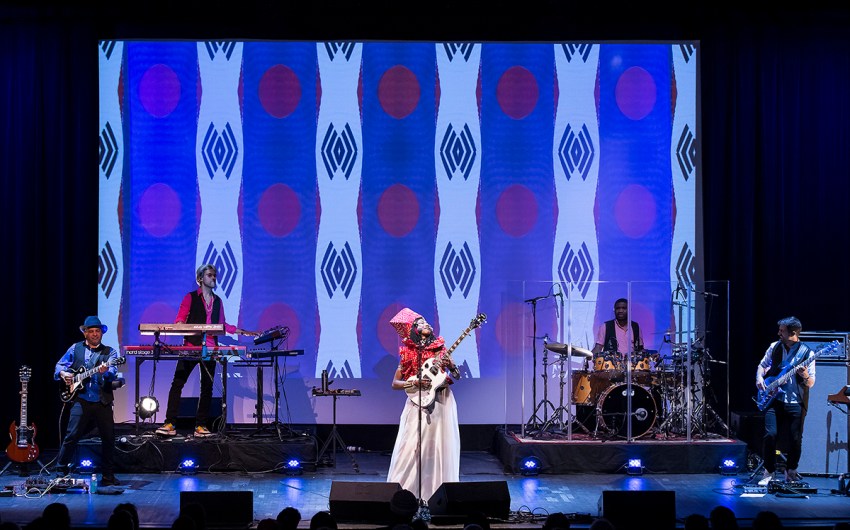





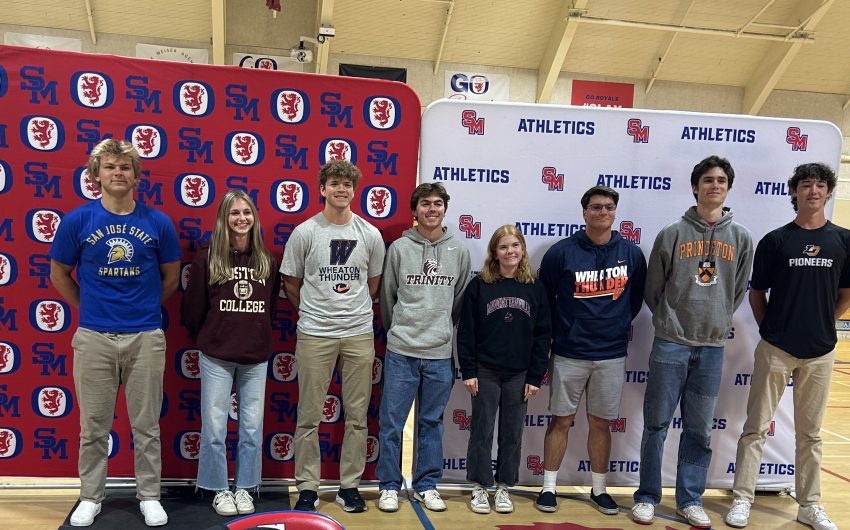
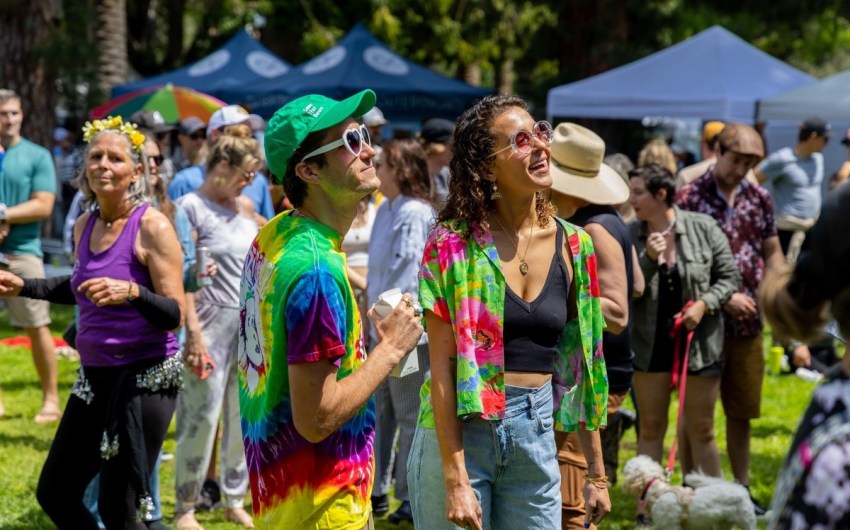

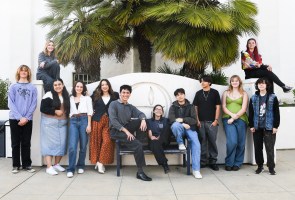











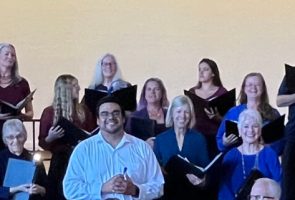
You must be logged in to post a comment.